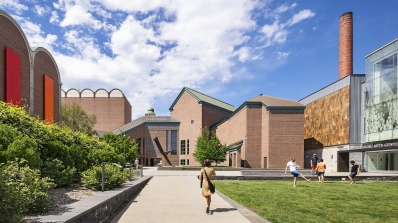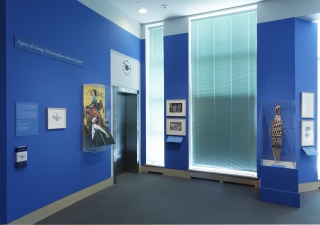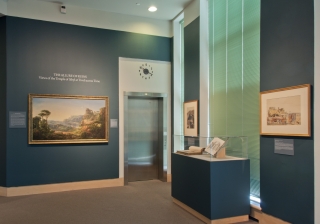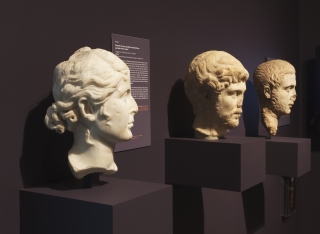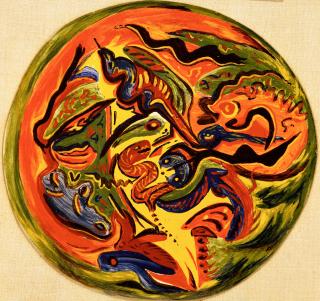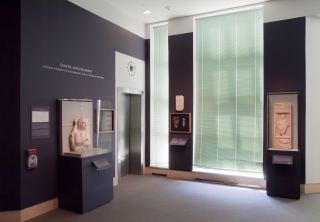Exhibitions Archive
Metamorphosis and the Feminine
Agents of ChangeViews of the Temple of Sibyl at Tivoli across Time
The Allure of RuinsThis exhibition explores how the close observation of works of art can reveal connections to wider cultural, religious, political, and social themes. It is part of an innovative collection-sharing initiative created to highlight the importance of teaching with original works of art as part of the college curriculum. Funded by a generous grant from the Andrew W. Mellon Foundation, this program enabled Yale University Art Gallery to lend forty-seven ancient Mediterranean objects to the Hood for a two-year period. Over the course of this past year and a half, Dartmouth faculty and students from a range of disciplines including art history, classical archaeology, and history have used both the Yale loans and works from the Hood's collection to explore current discourses on such topics as gender systems, representation and identity, and center and periphery in the Roman Empire.
By working closely with faculty and students to document these projects, the Hood wishes to highlight this major part of its daily activities as a teaching museum and make visible its work with undergraduate students, most of which happens "behind the scenes" in the Bernstein Study-Storage Center.
